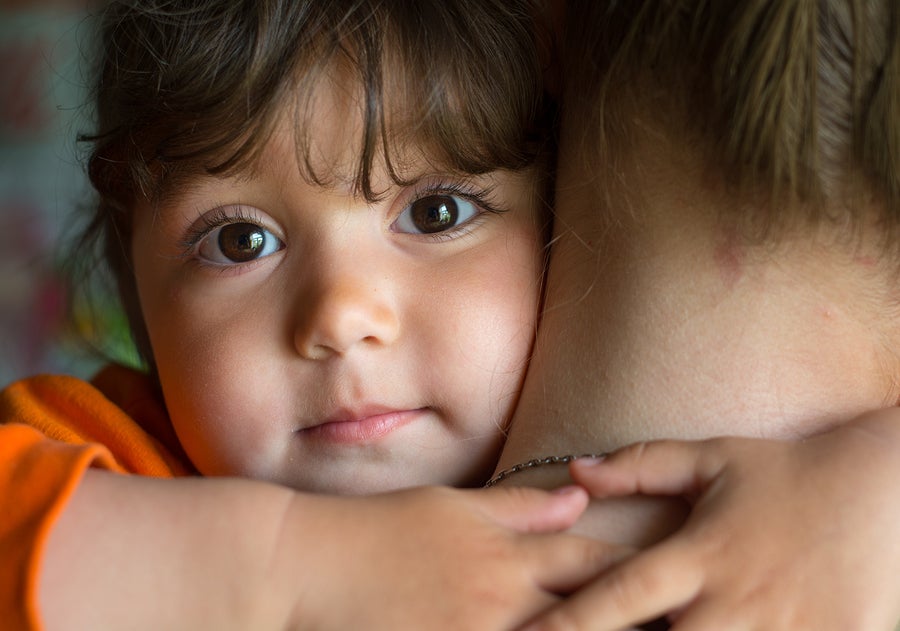Since the American Community Survey became available in 2008, we have been using this data to track state and national trends in children’s health coverage. This year is the tenth time I have co-authored this report and the news is the worst yet – by a long shot.
As regular readers of SayAhhh! Health Policy Blog are well aware, the nation was making enormous progress in reducing the number of uninsured children for years thanks to Medicaid and the Children’s Health Insurance Program (CHIP). In 2016, following implementation of the Affordable Care Act, the child uninsured rate dropped to 4.7% – a historically low level. But over the past three years, that trend has reversed course and the rate has gone up a full percentage point to 5.7%. That translates into about 726,000 more uninsured children between 2016 and 2019.
Why is this happening? There are a variety of complex reasons for this trend and coverage losses are widespread – with 29 states going in the wrong direction for either number or rate. While states have an active and critical role to play in determining outcomes for children, it would take herculean efforts by any state to overcome the negative trends in the national context in which they operate. New York is the only state to show a slight improvement.
This national context is mainly defined by the ongoing efforts of the Trump Administration and their allies in Congress to repeal and undermine the Affordable Care Act; create more red tape at enrollment and renewal based on largely unsubstantiated allegations of beneficiary fraud causing eligible children to lose Medicaid, and unremitting hostility towards immigrant and mixed-status families which is causing these families to live in fear and avoid Medicaid and CHIP.
What can we do to turn this around? A renewed national commitment to covering children and their families is an essential precondition. Children deserve continuous, affordable, comprehensive and uninterrupted coverage so they get the routine preventive care they need to grow and thrive, and so that their families don’t face years of medical debt resulting from an ER visit after a fall on the playground. Children with asthma need to get the medications to treat their condition so they don’t fall behind in school.
Along with national child health policy experts Genevieve Kenney with the Urban Institute, Sara Rosenbaum from George Washington University, I published an article in Health Affairs earlier this week, which sketches out possible paths to national reforms to move the United States to a new day closer to universal coverage for children. Covering kids is not enough – we must ensure that parents and all adults have health insurance too – it is the price of admission to our health care system. Children rely on healthy parents and other adults to get the care that they need to succeed in life. But given the recent backsliding for kids, it is timely to reignite this conversation.
Here are the key findings from this year’s report:
- After reaching a historic low of 4.7 percent in 2016, the child uninsured rate began to increase in 2017, and as of 2019 jumped back up to 5.7 percent. This increase of a full percentage point translates to approximately 726,000 more children without health insurance since President Trump assumed office and the number of uninsured children began to rise. Much of the gain in coverage that children made as a consequence of the Affordable Care Act’s major coverage expansions implemented in 2014 has now been eliminated.
- The number of uninsured children increased every year during the Trump Administration. The largest increase was observed between 2018 and 2019 when, despite a continued strong economy, the number of children without health insurance rose by 320,000. This increase in the number of uninsured children was the largest annual jump seen in more than a decade. Moreover, since this data was collected prior to the pandemic, the number of uninsured children is likely considerably higher in 2020, as families have lost their jobs and employer-sponsored insurance, though it is impossible to know yet by precisely how much.
- One-third of the total increase in the number of uninsured children from 2016 to 2019 live in Texas. The state saw by far the greatest coverage loss over the period with an estimated 243,000 more children living without health coverage. Florida has the next biggest loss, adding about 55,000 children to the uninsured count over the three-year period. As a consequence, 41 percent of children’s coverage losses during the Trump Administration occurred in Texas and Florida. The only state that bucked national trends and significantly reduced its number of uninsured children during this three-year time period was New York.
- These coverage losses were widespread across income, age, and race/ethnicity, but were largest among White and especially Latino children (who can be of any race).
Please read the report and see what’s happening in your state through CCF’s interactive state data hub.


